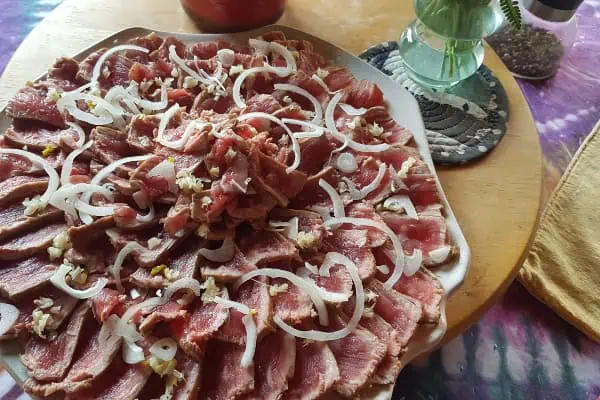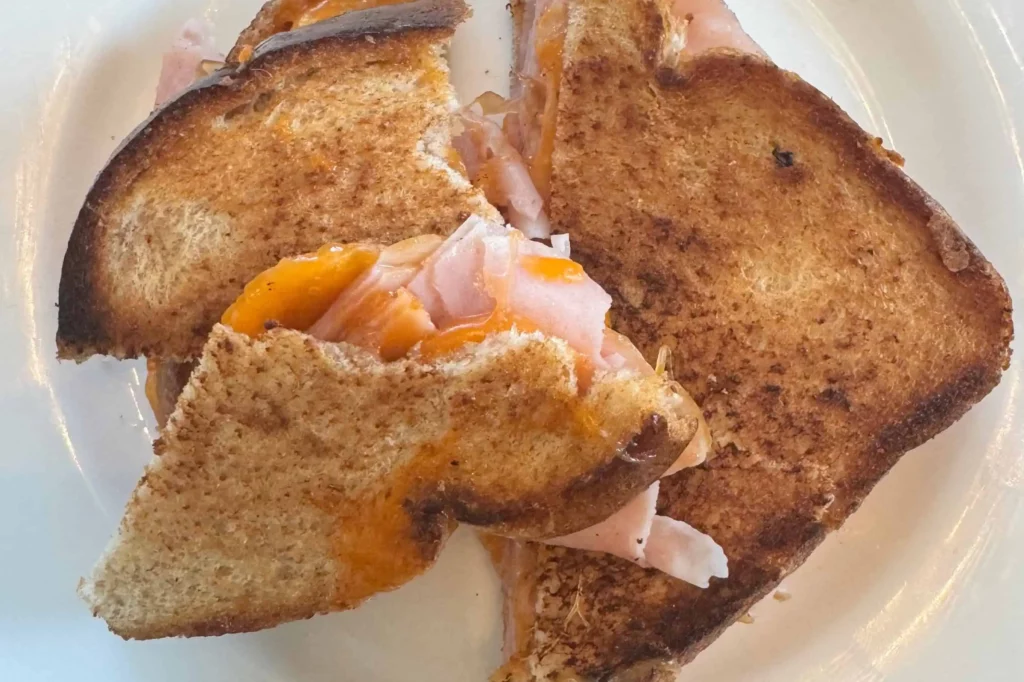I’m a beginner gardener. The more diverse my garden gets, the more I realize what a big job it is; soil tilling, shovelling manure, planting, weeding, weeding and more weeding.
But the value of the fresh, nutrient rich food that I can grow for my family makes it all worthwhile. Fresh produce is sacred to me, especially in the Yukon where produce you buy from the store has to be shipped such a long way, deteriorating in nutritional value by the mile.
Preserving my garden produce in the most nutritious form is one of my top priorities, especially now that I realize how much hard work goes into growing it.
It’s important because as soon as you pick a fresh food, nutritional value declines quickly.
Enzymes, which facilitate chemical reactions in every system of the body, are easily harmed by heat. Most enzymes will be destroyed at temperatures of 118F and above, exposure to air, light, over-processing and long-term storage.
Many vitamins can be depleted in similar ways. For example, about 50 per cent of vitamin B, and 70-80 per cent of vitamin C is lost in cooked foods. Minerals deteriorate in value as well when heated.
Antioxidants, which can calm nerves, reduce cholesterol and block carcinogens, can be depleted at high temperatures or by over-processing.
For these reasons, I am devoting this article to preservation techniques that do not require heat. High temperature canning and other heating methods do have their place though, and I introduce them in Part 2.
HEATLESS PRESERVING TECHNIQUES
1. Sand storage. Best for root vegetables and potatoes. Dry sand is required (unless you are storing rutabagas, which require some moisture).
Layer the sand in storage containers so that no piece is touching another and store in a cold storage area. We finished our carrots last year in December and they were still crunchy and sweet.
You will sustain a high percentage of the nutritional value of your food using this method because the oxygen supply is greatly diminished and no heat is used.
2. Freezing from fresh. Best for berries and chopped rhubarb and can be used for cabbage, onions, peppers or squash, though their textures may change after defrosting.
Freezing halts the deterioration of foods, or at least drastically slows it down. Keep the containers well-sealed with as little air in them as possible to preserve nutrients and prevent “freezer burn”. ?Produce freezes better if it is cut up, and it will be easier to use later in soups, baking or smoothies.
3. Hanging. Great for cruciferous vegetables like broccoli, cabbage and cauliflower because you can wrap the leaves over the head and hang them upside down in a cool, dark spot.
Onions can also be hung but need a mesh bag or something similar to contain them and allow air to pass through.
If stored in the right conditions, your vegetables should last at least a few months.
4. Dehydrating. Done carefully, this results in little nutrient loss for herbs, peppers, onions, carrots, celery, and more – you can even dehydrate spinach and kale.
Your food will have a longer shelf life than any other method. Dehydrating in a low-lit, cool area is best.
Beverly Gray’s The Boreal Herbal describes great ways to dehydrate wild plants, and other general dehydrating tips.
It’s best to plan your winter meals to include lots of soups, stews or soaked creations when using dehydrated food as you’ll need to add water back into the food before eating it.
5. Fermenting. Cabbage and cucumbers have the type of bacteria occurring naturally that you need for fermentation. Fermenting doesn’t require heat so it not only preserves the nutritional content of your food, but increases it by adding healthful bacteria that grow during the process.
You can keep a container or two of the final product in the fridge and even freeze some in well-sealed units. It’s necessary to get the correct amount of salt, so please consult a recipe before embarking on this journey!
Another thing you can do is dig up your salad greens, pot them, and put them into a sunny spot in your house.
I did this last year and was enjoying fresh salads well into October! They won’t grow quickly unless you have grow lights but they will still be alive and full of nutrition.
Whether you are a ‘cheechako’ gardener like myself or a seasoned ‘sourdough’, planning your garden around the preservation methods that suit you and your lifestyle is important.
Here’s to getting the most (nutrition, that is) out of our gardens!
Amoree Briggs lives in the Yukon countryside with her family and has just completed her diploma in holistic nutrition.




